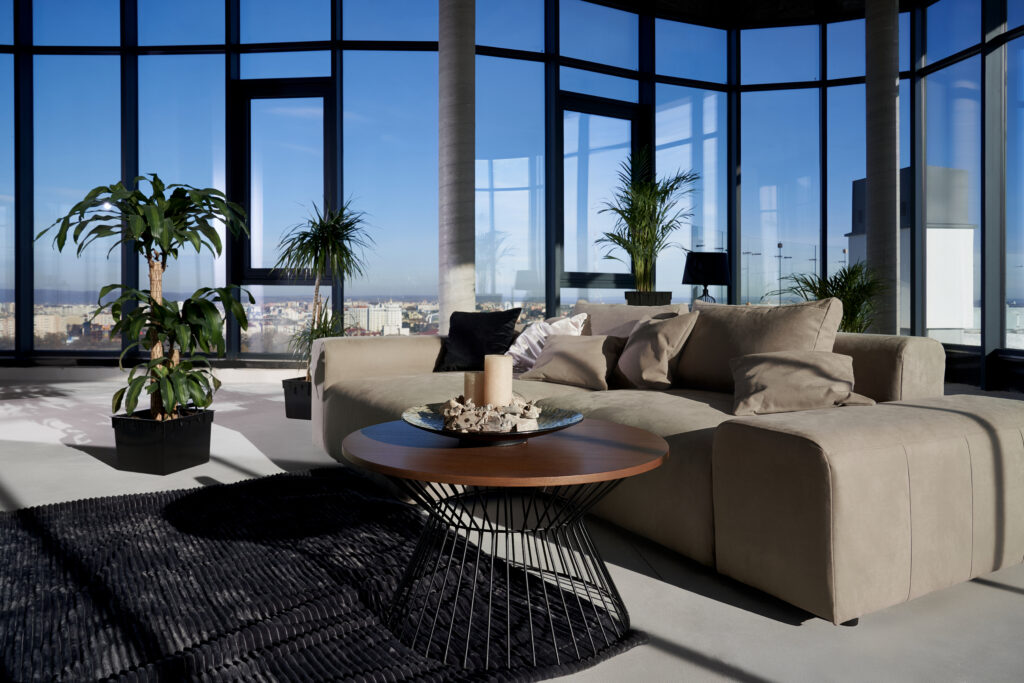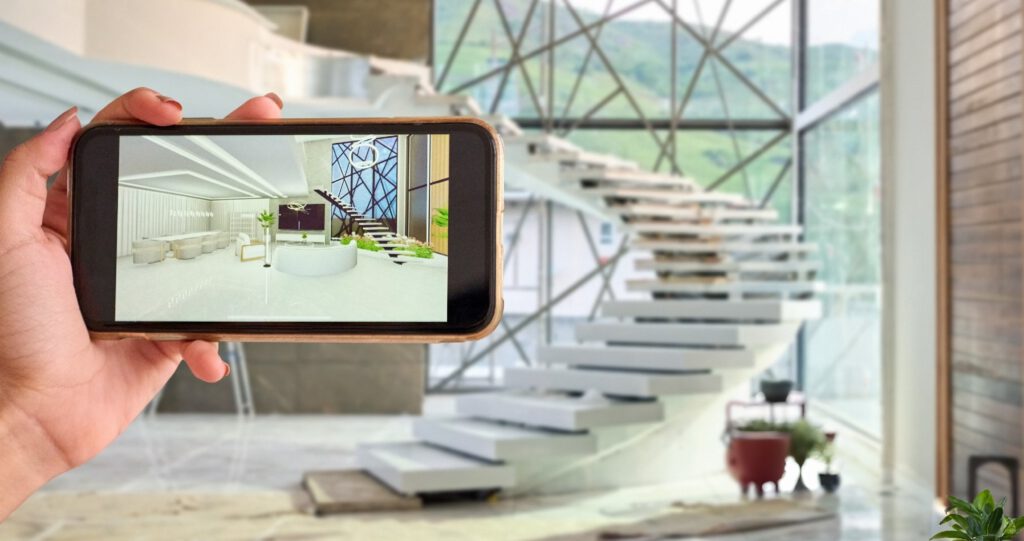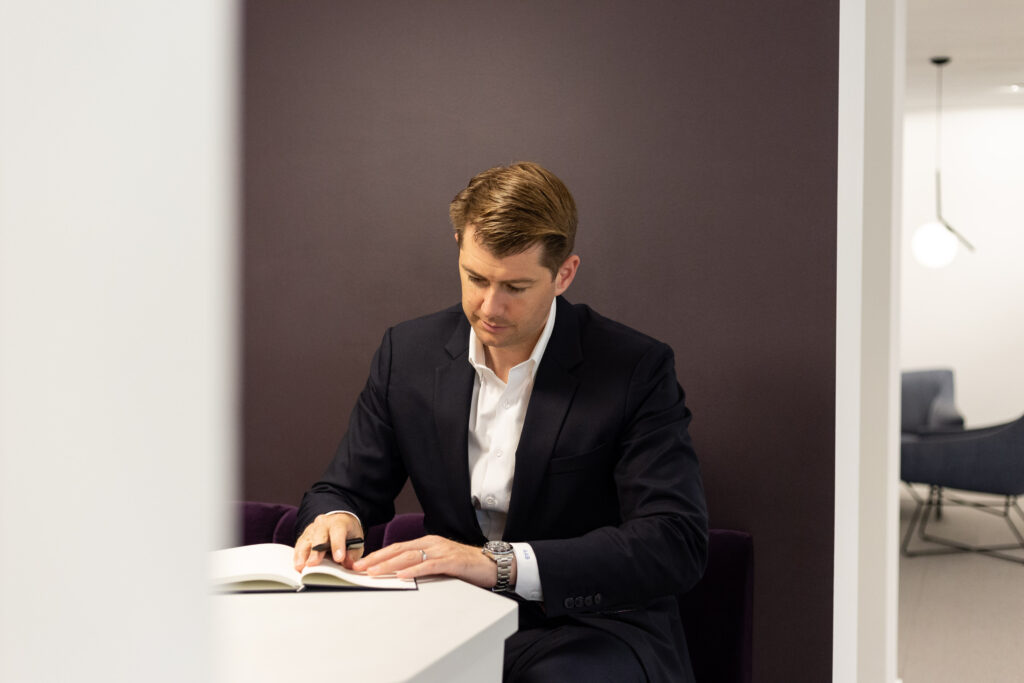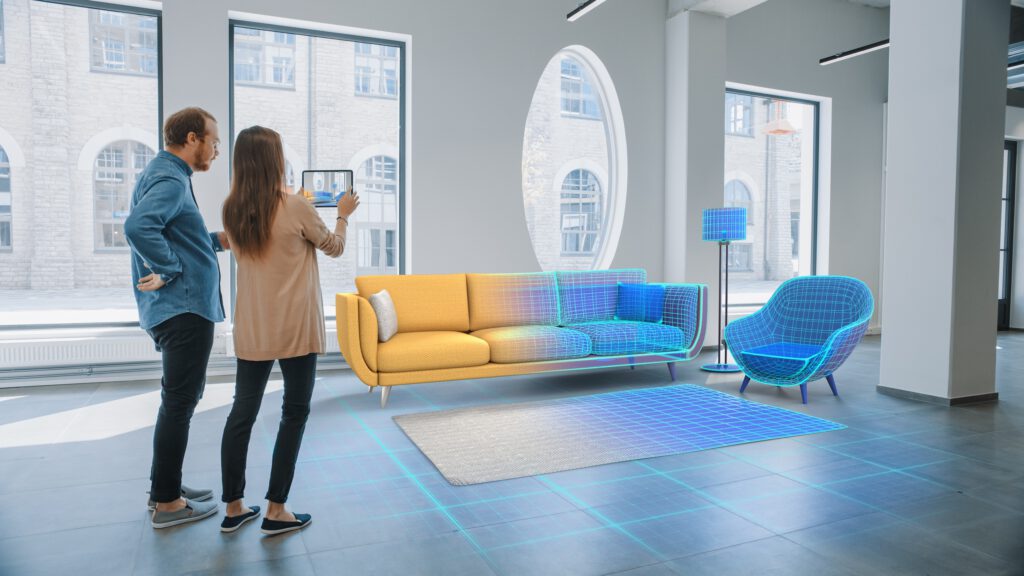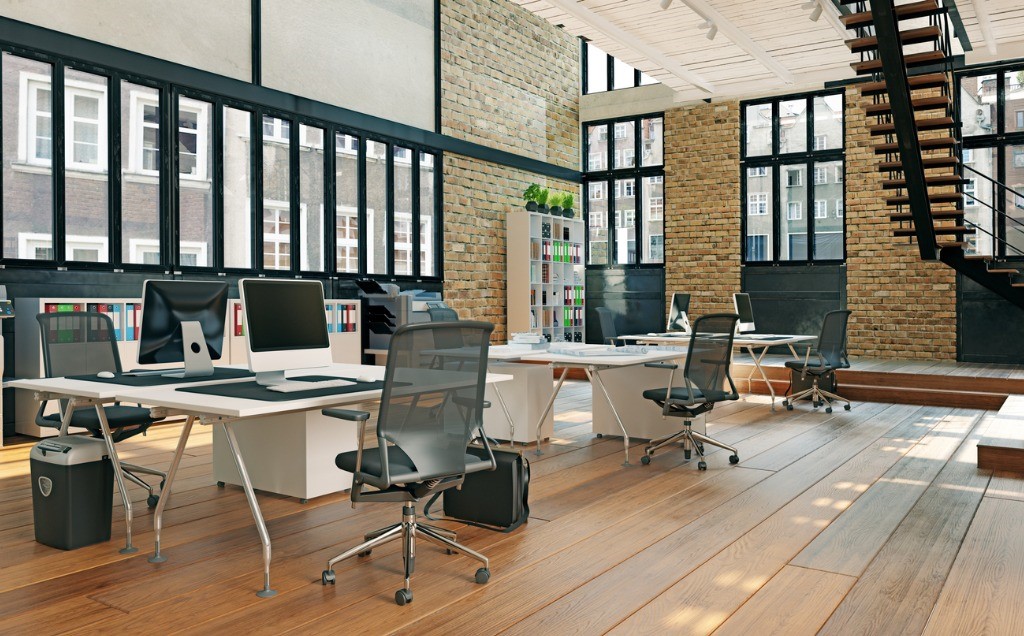How can managers in the construction and real estate industry benefit today from the learnings of one year of Corona? The compulsion to have, to a large extent, work from home was initially a shock, especially for the more traditional sectors. In the meantime, however, a steep learning curve has set in and many companies come up with many creative ideas for the new territory which is the home office. in our current Valdivia Expert Tip, wo would like to introduce some suggestions and ideas.
Social cohesion at a distance: shaping social togetherness
Cooperation on projects and technical issues also require social closeness. Until Corona, this level was a natural prerequisite that came with everyday work. Since then, however, technology and methodical know-how have had to replace this factor. Some companies have recognised this and developed models for transferring the social component of everyday office life to the home office. At fixed times, “coffee breaks”, “lunches” or “after-work lounges” are offered as join appointments. The focus here is on personal communication – be it with the entire team or smaller groups, on the video conference screen or in individual chats. Other ideas for virtual cohesion include a jour fixe, in which management or other responsible persons deliberately address projects and topics that are not current. A moderator can lead discussions or even mini-game shows. Or a speaker presents company-specific topics of interest in the way of a “training light”. A joint fitness break or an entertaining internal challenge are also possible.
Transparency and accessibility: replacing closeness with communication
Increased communication has proven to be an important success factor for home office management. Employees want to understand what is happening and also why it does. In the office, this is often discussed in a rather informal way, e.g. at the coffee maker. Balance can be achieved by means of clear communication: Pieces of Information shared as well as responsibilities should both be shared in a clear and transparent way. Additional explanations as to reasons and goals prove to lift up self-motivation in the home office. Managers should also be easily accessible and view queries as an opportunity to promote motivation and cohesion.
Unexpected savings: profiting from absence
In the meantime, some companies have begun to re-evaluate the home office from an economic point of view: instead of fixed work stations for each employee, rooms and workplaces are used in a more flexible manner. This means that office space can be reduced — or divided up in a better, more efficient way where it used to be too cramped before. Financial advantages are to be found when it comes to rent and usage costs. Selling office equipment or subletting as an open workspace can also help to compensate for losses or even open up new sources of income.











